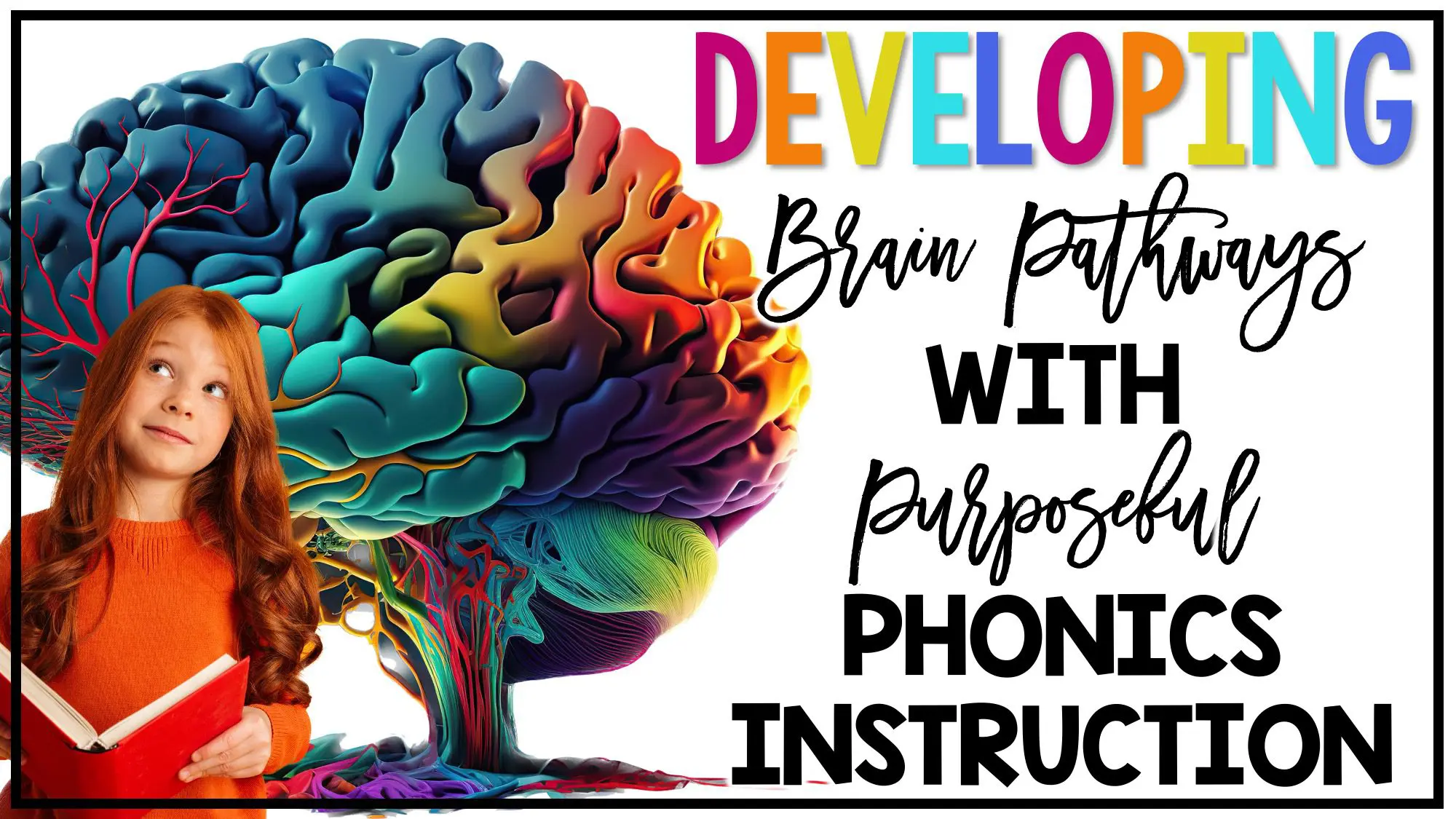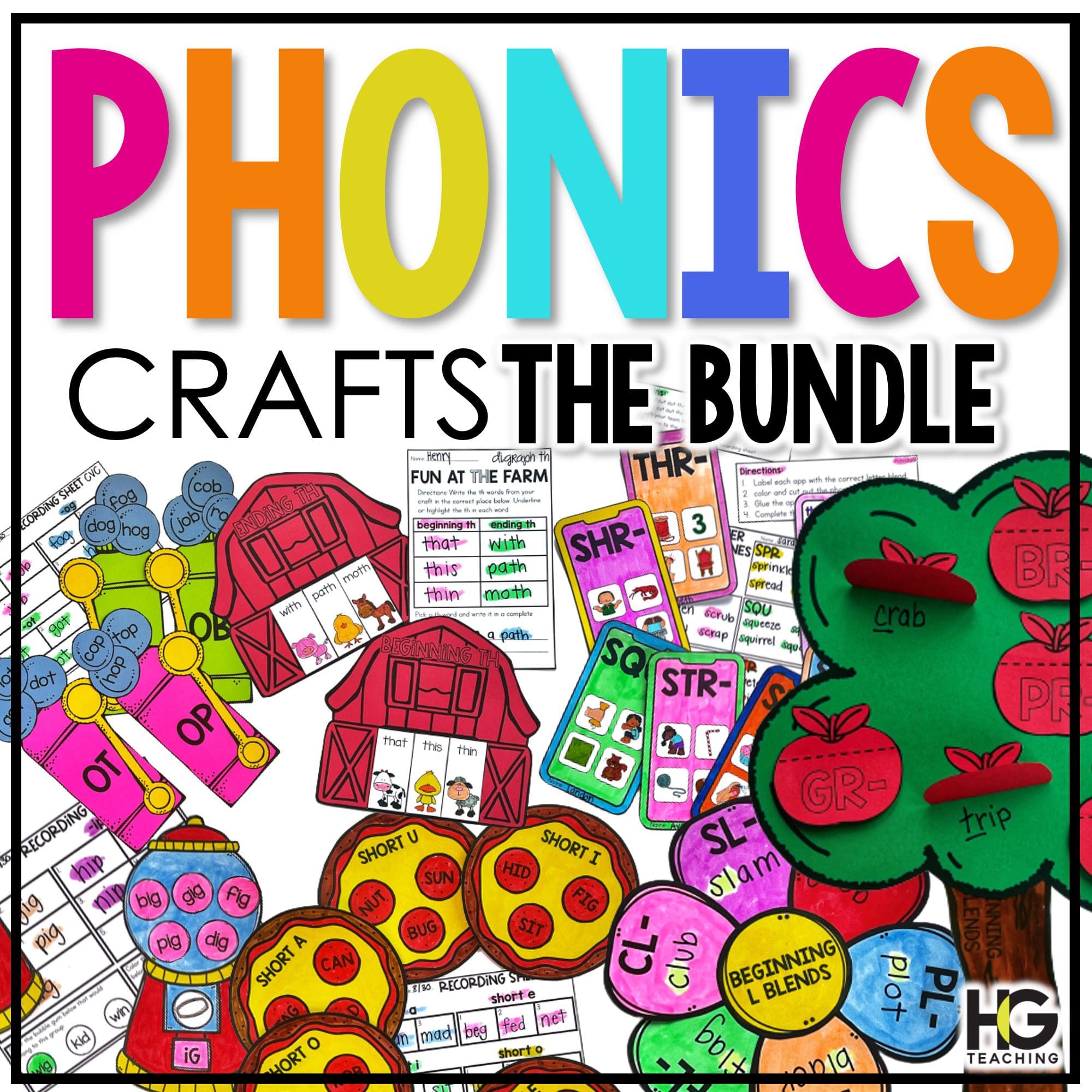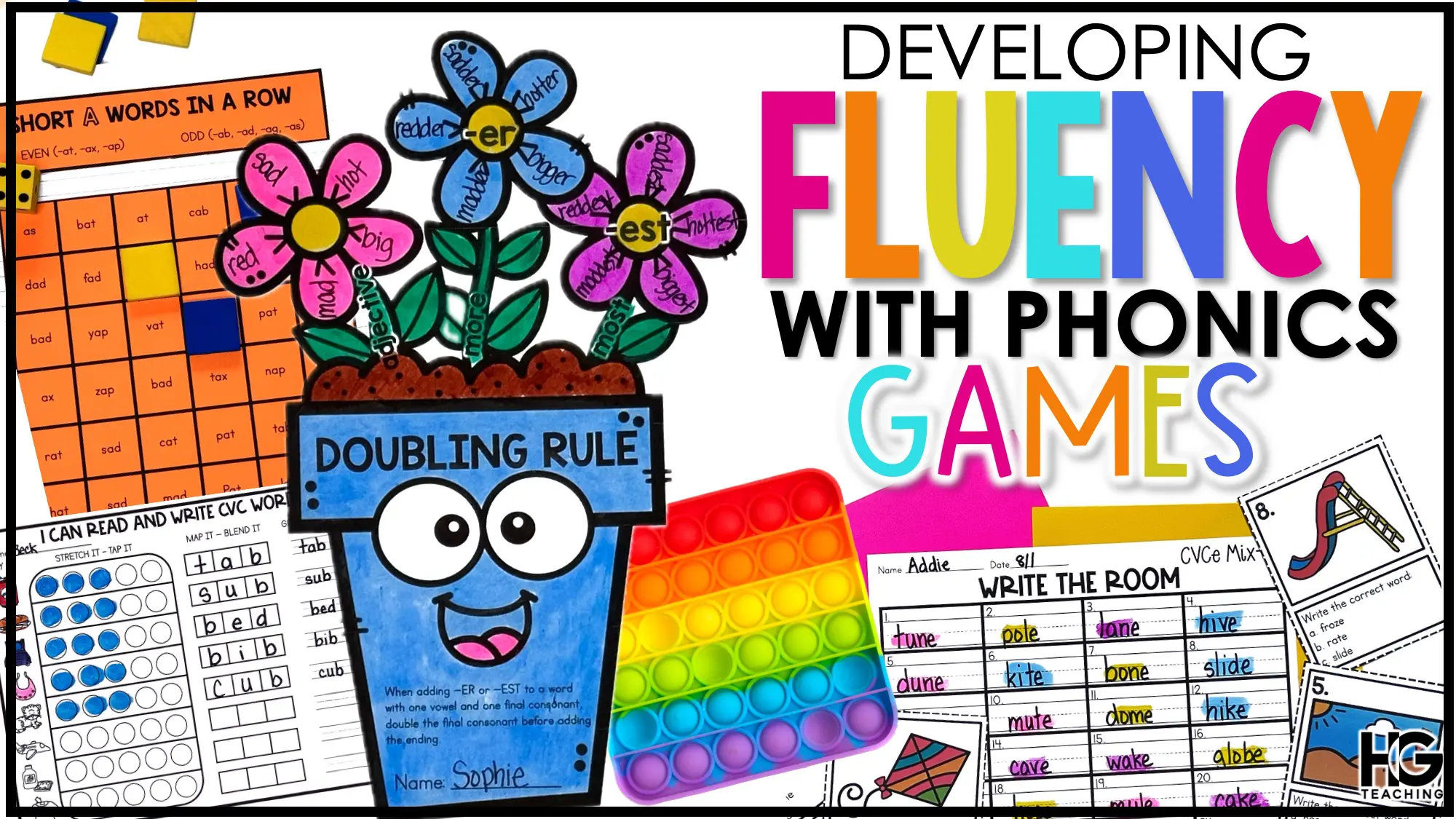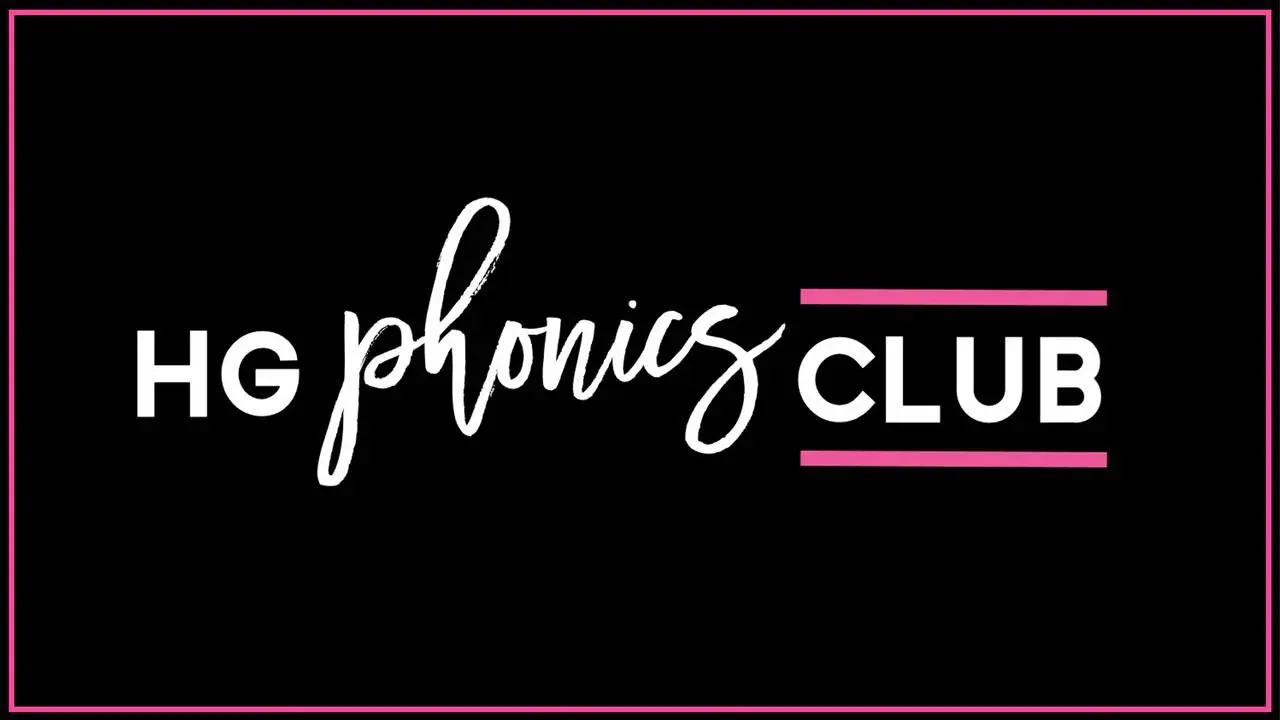My family just got back from a spring break trip to the beach! We stayed in this little snorkeling cove in Destin which meant my kids spent most of their time in the ocean. While they swam, I got to read. Or, maybe I should be more specific and say… When I wasn’t swimming with them, I watched them swim and listened to a few audio books. Sophie (my oldest) tells me that listening is not really reading, but I strongly disagree. (And YES… that is a monkey in the picture! A monkey in a tutu just happened to enjoy Destin, too!) Now… on to what I learned about brain research and phonics instruction….
Uncovering the Logic of English by Denise Eid shares some interesting information! Here’s the facts from her book…
- Thirty-two percent of fourth graders in the U.S. educational system read well, 34% test below proficiency, and 34% CANNOT READ!
- Researchers have demonstrated that virtually ALL children are able to learn to read English when TAUGHT CORRECTLY.
- Using brain imaging technology, scientists are now able to study how our minds work while reading. Skilled readers rely on the back left side of their brain. When struggling readers attempt to read, their brains show inactivity in this region. When these struggling readers were given only 8 weeks of intensive phonics training, their brains began to light up and function like those of good readers.
- When reading isn’t taught correctly, students don’t make the connection between the letter(s) and sounds and rely heavily on the visual center of their brain. Eid states that for students who are auditory or kinesthetic learners instead of visual learners, the result can be DEBILITATING.
So…. what do we do with this new knowledge?!? We use it!!!! By using targeted and sequential phonics instruction, we can help our students learn to read more proficiently and actually CHANGE THE WIRING in their brains. Phonics instruction helps to build brain pathways that enable students to read with confidence and ease. Let’s explore what phonics instruction entails and how it works in building those all-important brain pathways.
What is Phonics Instruction?
Phonics instruction focuses on the relationship between letters (graphemes) and sounds (phonemes). It teaches students how to decode words by translating them into their component sounds. This understanding of letter-sound relationships enables readers to recognize written words quickly and accurately. Eid states that the English language contains 44 sounds that can be spelled in 75 basic ways.
Why is it Phonics Important?
In order for children to become successful readers, they need to understand the alphabetic principle—the idea that letters represent speech sounds—and apply this knowledge when decoding words. With sufficient practice, this process becomes automatic as children develop more efficient reading strategies. Through purposeful phonics instruction, teachers are able to help their students acquire the skills necessary for independent reading.
How Does Phonics Instruction Build Brain Pathways?
Research using MRI shows that good readers process sounds in words one at a time even though we see it as the whole word. Our brain works so fast, it appears that we are reading whole words. But really, we’re converting the individual sounds into words. When students get multiple opportunities to practice reading words with new phonics patterns, their brains work the same way. Denise Eid says our brains “learn to talk-one sound at a time.” When our students get the hang of reading the sounds, brain pathways are built, and reading appears to be automatic and instantaneous.
An article from NCTQ states the following: A groundbreaking study by cognitive neuroscientists in 2015 provides evidence that when beginning readers are taught to focus on letter-sound relationships (or phonics), this activates the brain’s circuitry in the left side of the brain, which includes the visual and language regions. These findings show us that providing a phonics foundation stimulates the brain in ways that change the neural pathways to support more efficient and effective readers.
What Now?
I think the answer is simple! We learn to teach phonics instruction in a systematic manner so that we can facilitate the development of strong neural pathways in our student’s brains—pathways that will enable them to be confident readers now and into the future.
If you are looking for ways to maximize your student’s reading skill set, then targeted phonics instruction (combined with with phonemic awareness, fluency, vocabulary, and comprehension) should be at the top of your list!
I’m so excited because each week I will be sharing new information that I have learned, phonics and reading activities to help build those brain pathways, and ideas of how to deliver the tools that our students need to be successful readers. Check back soon or join our email list to be notified.
Have the best day!
-Hollie
You can find Uncovering the Logic of English by Denise Eid on Amazon HERE!









0 Comments